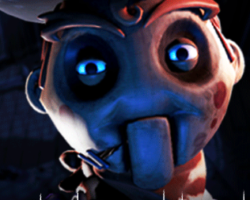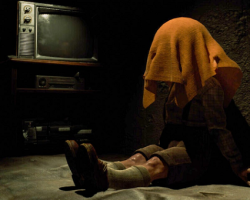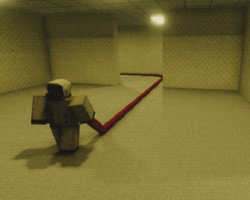Advertisement
Manivore

Manivore is a psychological horror game that transforms a murder investigation into a descent into madness. The player steps into the role of a forensic investigator sent to examine a series of crime scenes that, at first, seem disconnected. As evidence accumulates, the reality becomes clearer—someone is orchestrating each death as part of a larger message. The killer, known only as Manivore, crafts his violence with chilling artistry, hiding intention behind every detail. The deeper the player looks, the more personal and calculated the trail becomes.
Crime Scenes as Psychological Mazes
Each environment in Manivore is more than a backdrop—it’s a maze of narrative, memory, and visual clues. Players must study rooms, reconstruct timelines, and analyze body placement, lighting, and subtle environmental changes. A camera serves as the primary investigative tool, capable of revealing hidden evidence, symbols, and spectral impressions not visible to the naked eye. Crime scenes shift as the player moves through them, blending physical space with mental suggestion and making every location feel unstable and alive.
The investigative mechanics include:
- A forensic camera that uncovers hidden objects and visual distortions
- Clue combinations that unlock new dialogue or scene transitions
- Spatial puzzles that require environmental manipulation
- Audio fragments that reconstruct moments before death
- Evidence logs that track progress and form narrative branches
Atmosphere Built on Dread
Rather than relying on jump scares, Manivore builds fear through discomfort, silence, and anticipation. The game’s soundscape includes whispers, breathing, and subtle distortions that increase as the player uncovers more of the truth. Lighting is used to isolate key areas or guide attention, while shadows often suggest more than they reveal. The enemy is rarely seen, but always felt—his influence saturates every crime scene. The knowledge that the killer might be nearby, or even watching, never leaves the player entirely.
A Killer That Designs for You
What separates Manivore from other horror games is the killer’s fixation on the player. Each puzzle feels designed not just to be solved, but to challenge the investigator’s logic and morality. The game begins to reflect the player’s decisions back at them, shaping future environments and dialogue based on how they approach the case. Manivore doesn’t want to escape—he wants to be understood, and he uses the game space to force that connection. This creates a disturbing intimacy between hunter and hunted.
Ending the Game Means Understanding the Killer
As the investigation nears its end, the game becomes increasingly abstract, reflecting both the unraveling mystery and the erosion of the player’s sense of reality. Clues begin to contradict each other. Memories appear that don’t belong. The final act forces the player to confront not just the killer’s identity, but their own role in his creation. Manivore is not a game of escape. It is a game of confrontation, where solving the case means stepping into the mind of the very person you’re trying to stop—and realizing they may have been inside yours all along.
Advertisement






















































































Comments